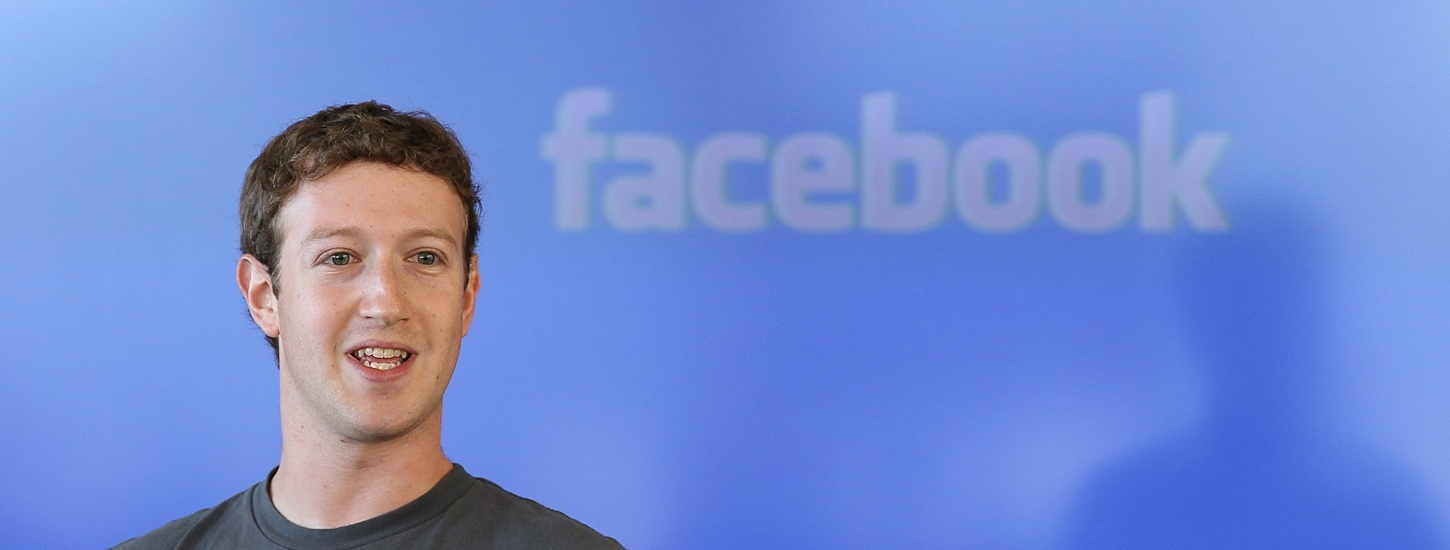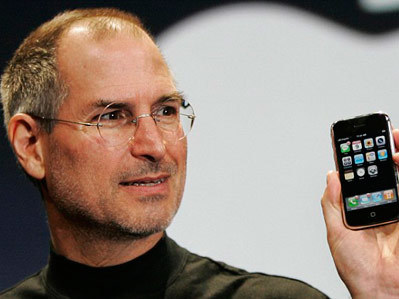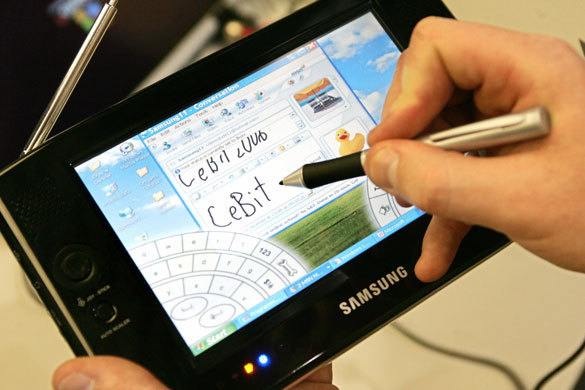Where to get really working startup ideas

There is a great creak of brains in Mother Russia. The heroes of mental labor are sitting at the tables with their thinking and think. Whatever new idea to give birth to, put it on a program or service, and a very powerful startup to stir up.
And then, richer than the overseas Bill Gates, to become a miracle yacht in a sea-okra with swarthy beauties to swim.
Surely, each of you has at least one acquaintance who is burning with the desire to get rich (create your own business, become famous, etc.) in this way.
But how many people who managed to bring to life a thought-up idea you know?
That's it ...
Steve Blank and Bob Dorf in his voluminous work “Startup. Founder’s handbook ”say that any startup should be based on a hypothesis. The hypothesis that this product will be necessary and in demand by the consumer.But here for starters, two problems lie in wait.
The criterion for the success of the hypothesis is success. Either commercial, when the product can be monetized, or the growth of the customer base (unless of course this fact can be positively evaluated by potential investors / buyers of the company).
If the hypothesis is incorrect, then it is necessary to quickly modify it and continue work in a new direction. And so on until you succeed.
Firstly, few are willing to give up a great idea. He suffered her, dreamed at night, even programmed in the evenings. And the capricious consumer will still appreciate what a great thing they are being offered. You just need to wait
And secondly (and this is the most important), the invented ideas have nothing to do with the desires of potential buyers. These are the desires of the inventors themselves.
Is it possible to follow the path of implementing ideas? You can, just do not forget that as soon as the fact of low sales of the product informs the founders of the hypothesis's insolvency, it must be modified immediately.
And do not get carried away with Manilovism, otherwise it will turn out like the hero N.V. Gogol:
“Sometimes, looking from the porch to the courtyard and to the pond, he would say how good it would be if you suddenly draw an underground passage from the house or build a stone bridge across the pond, on which there would be on both sides of the shop, and that they merchants sat and sold various small goods needed for the peasants. “Moreover, his eyes became extremely sweet and his face took on the most satisfied expression, but all these projects ended in just one word ...”
However, I must warn you. Even if you work hard and successfully adapt your hypothesis, success, alas, is unlikely. Why? Because ...
Brilliant products are born only from real needs! Twitter

creator Jack Dorsey needed a simple tool to let him and his friends share their location and current activity. He made a simple short message posting system. Then friends of friends began to use this service, the bill went to hundreds, thousands. Functional was gradually improved. And as a result, Twitter has become the way we know it. Facebook founder

Mark Zuckerberg created a comic service with which students could conduct a virtual “beauty contest” - compare photos in pairs. Later, extensive social interaction functionality was added, but the service was only available to Harvard students. Well, when the restrictions were lifted, the social network began its victorious march.

Thomas Siebel was concerned that information about the interaction of his sales managers with customers was often lost. Data on contractors and planned actions were usually stored in spreadsheets, or even just on scraps of paper. Realizing that one cannot live like that, Siebel started developing a centralized repository of all sales information - interests, deals, contacts, actions. As a result, the first CRM was born - Siebel .
How did the founders of all three companies act?
- People had specific tasks / problems.
- To solve these problems, they created products.
- Products have become popular not only among those for whom they were originally intended, but also among the general public.
- Product development began for the needs of this general public, which attracted even more users / customers.
Here is such a simple recipe for success :)
Well, author, wait a minute - you tell me. But what about the IT genius of all time Steve Jobs?

He never asked customers what they needed. He came up with a new gadget, and people joyfully opened their wallets to meet him.
Firstly, Steve also listened to the needs of a solvent audience. So there was an iPad.
And secondly, Jobs is the only one. The rest is more likely Bill Gates.

In 1995, Gates woke up suddenly and realized that he had overslept the advent of the Internet. He tried to intercept the situation and create his own pocket Internet called MSN (Microsoft Network).

It was originally planned that all Windows computers will connect to each other on a network. Isolated and fully owned by Microsoft.
After, when the concept of isolation failed, MSN transformed into an Internet service provider and news portal. Later, the provider business fell off.
In 2006, Microsoft decided that it was time for mobility and came up with the concept of Ultra-Mobile PC (UMPC), aka Project Origami.

Devices should have become pocket-sized, users should sing with happiness. A stylus was to be used for control, and a modified Windows was used as the operating system (did you doubt it?).
It was possible to release several devices from Samsung (this company was one of the authors of UMPC) and eternal Chinese enthusiasts.
After that, the platform ordered a long life.
Microsoft receives enough money from the sale of Windows and Office to cover all possible losses from unsuccessful experiments.
Do you or your investor have the financial capabilities of Bill Gates?
Therefore, now is the time to take a look at the list of unsolved IT problems in your company. Perhaps one problem will turn out a successful product?
